10 Best Fruit Trees To Grow - Tips For Growing Fruit Trees
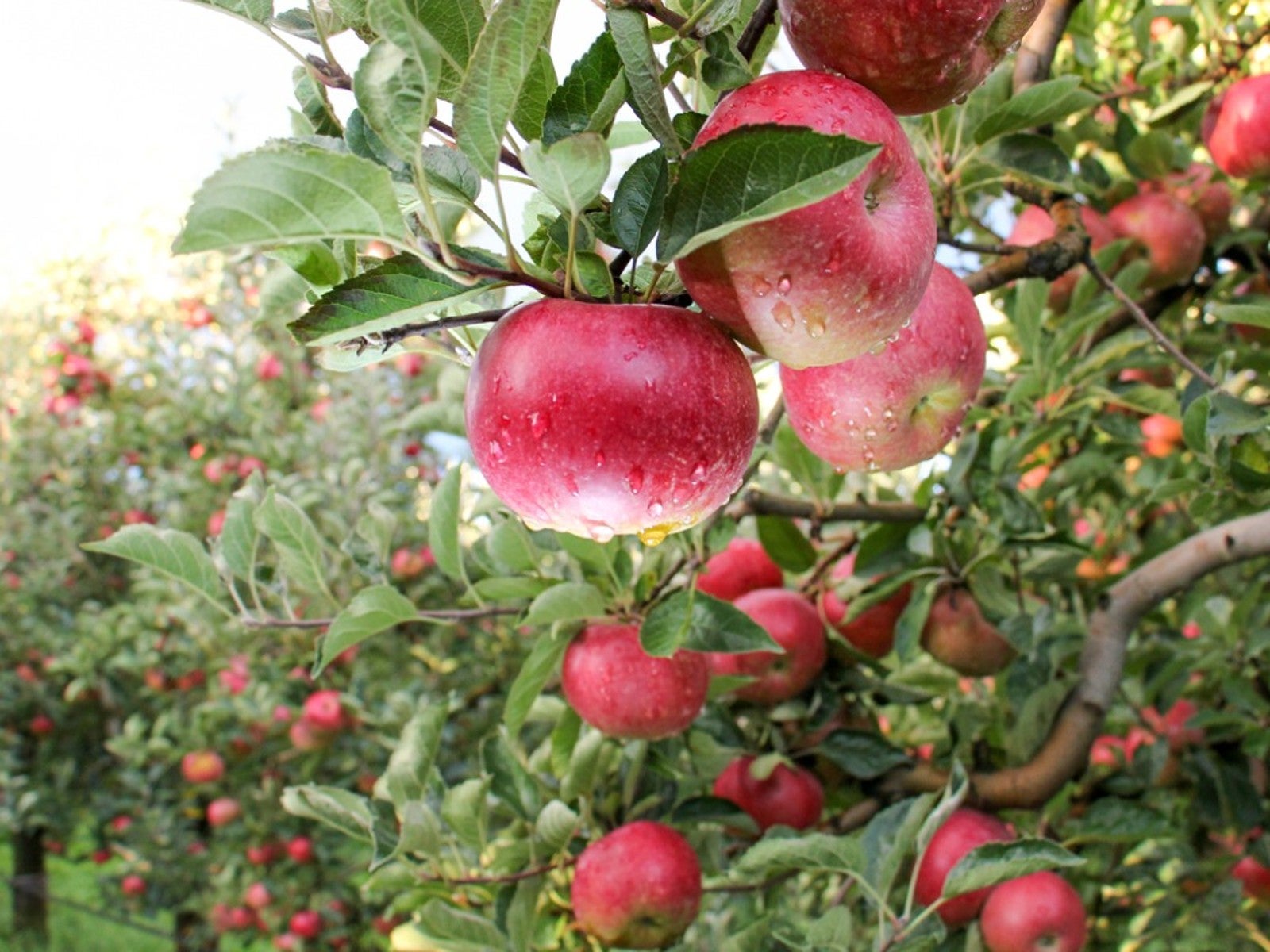

The best fruit trees to plant in your home orchard depend on the fruit you love to eat. But when you are contemplating growing fruit trees, there are a few other important things to consider. It is essential to take your hardiness zone into account as well as the exposure you can offer the tree. Most fruit trees require a full sun location and well-draining soil, but a few will accept more shade and will shrug off poor soil.
The most popular garden fruit trees are typically the fastest growing, lowest maintenance choices. That’s why a list of the top 10 backyard fruit trees is a great place to begin your search.
- Peach trees
If you live in an area with relatively mild winters, peaches are good garden fruit trees. Fast growing and easy maintenance in USDA zones 6 through 8, peach trees can fruit in as little as three years. Most require full sun as well as another peach tree with similar bloom time for cross fertilization. - Nectarine trees
Nectarines are peach look-alikes except for their smooth peel. They have the same cultural requirements. They are more popular with those who can’t stand the fuzzy peach skin. - Apple trees
Only those with some winter chill need consider most apple trees, but there are a few varieties that have low chill requirements. These all-American favorites thrive in USDA zones 3 through 8 and require a compatible species for cross-pollination. Full sun and well-draining soil a must. - Citrus trees
Those living in warm area (think USDA zones 8-10) should consider planting citrus trees, since these are among the fastest producing fruit trees. Lemon trees, orange trees, tangerine trees – all develop rapidly in an appropriate climate and produce fruit the second year. The other option is to grow citrus as container trees and bring them indoors in cold weather. No need to get more than one since they are self-pollinating. - Mandarin trees
Yes, mandarin trees are citrus trees, but they get their own category since they are far easier than any other citrus tree to grow. That makes them a great first citrus tree to get you started. The tree thrives outside in USDA zones 8 through 10 but can be grown as potted plants as well and carted indoors in winter. - Cherry trees
Who doesn’t love picking red, ripe cherries from garden fruit trees? Cherry trees are incredibly popular, but not all of them produce fruit quickly. Count on four years from planting to first harvest for sweet cherries, three for sour cherries. They thrive in USDA zones 5 through 7 and require lots of sunshine to produce. - Fig trees
These sun-loving trees grow fast and produce fruit quickly, if, that is, they are kept in a warm climate. They thrive in the ground in USDA zones 8 through 11 but can be grown in a container in cooler regions. Figs are self-fertile so only one is needed. - Pear trees
Just like apple trees, there are many pear tree varieties to choose from. Some produce rapidly, others less so. You can find pear trees that thrive in almost any climate ranging across USDA zones 3 through 10. Give them direct sun and sandy soil. - Plum trees
When it comes to backyard fruit trees, plum trees may require the least maintenance. They adapt to a variety of growing conditions and grow into compact plants with little work on the gardener’s part, producing juicy stone fruit. Most plum trees are not self-pollinating, so plant at least two plums to bear fruit. You can find plum varieties that thrive in USDA zones as low as 3 and as high as 10. - Mulberry trees
The berries are small but the trees are very large, great for big backyards. These trees grow fast and can get to 30 feet (10 m.) tall, producing a lot of berries that work well for jams. They like direct sun but can take some shade in USDA zones 5 through 9.
Check Out Our Complete Guide to Trees
Gardening tips, videos, info and more delivered right to your inbox!
Sign up for the Gardening Know How newsletter today and receive a free copy of our e-book "How to Grow Delicious Tomatoes".

Teo Spengler is a master gardener and a docent at the San Francisco Botanical Garden, where she hosts public tours. She has studied horticulture and written about nature, trees, plants, and gardening for more than two decades. Her extended family includes some 30 houseplants and hundreds of outdoor plants, including 250 trees, which are her main passion. Spengler currently splits her life between San Francisco and the French Basque Country, though she was raised in Alaska, giving her experience of gardening in a range of climates.
-
 Looking For Plants To Give You The Soft And Fuzzies? Try These 5 Fuzzy Leaf Plant Options
Looking For Plants To Give You The Soft And Fuzzies? Try These 5 Fuzzy Leaf Plant OptionsLovers of texture, drama, silver foliage and tactile plants will adore these special sensory garden additions. These fuzzy leaf plant options will leave you all aglow
By Susan Albert
-
 Get Ready For A Summer Of Hummers! Grow These Full Sun Hummingbird Plants and Flowers
Get Ready For A Summer Of Hummers! Grow These Full Sun Hummingbird Plants and FlowersIf you’re lucky enough to enjoy a sunny backyard, make sure you are maxing out on your pollinator opportunities and grow these full sun hummingbird plants and flowers
By Tonya Barnett
-
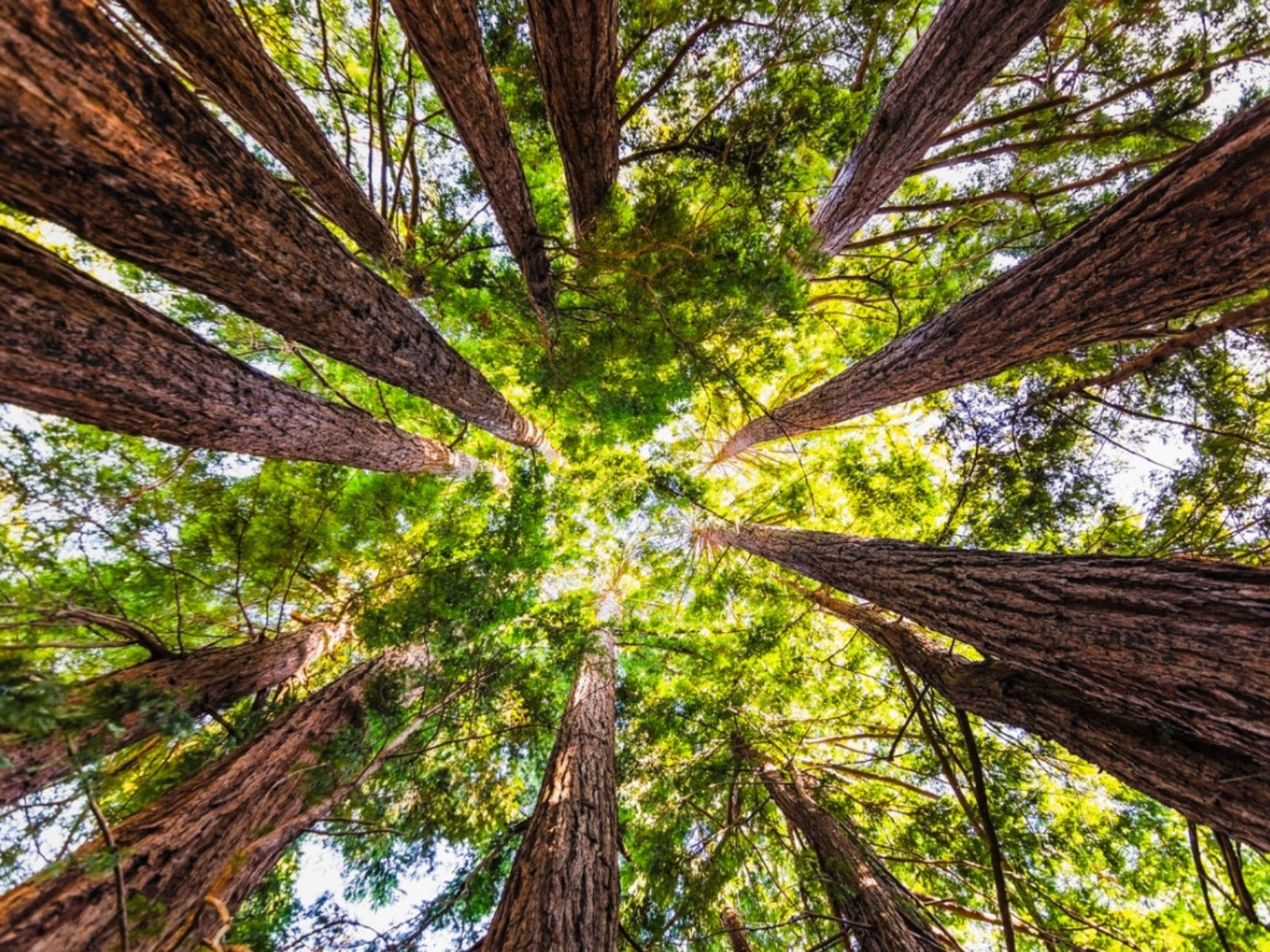 Best Trees For Carbon Sequestration And Climate Change
Best Trees For Carbon Sequestration And Climate ChangeLet’s keep planting trees. They are our best bet for capturing carbon and may help with our global warming issues.
By Teo Spengler
-
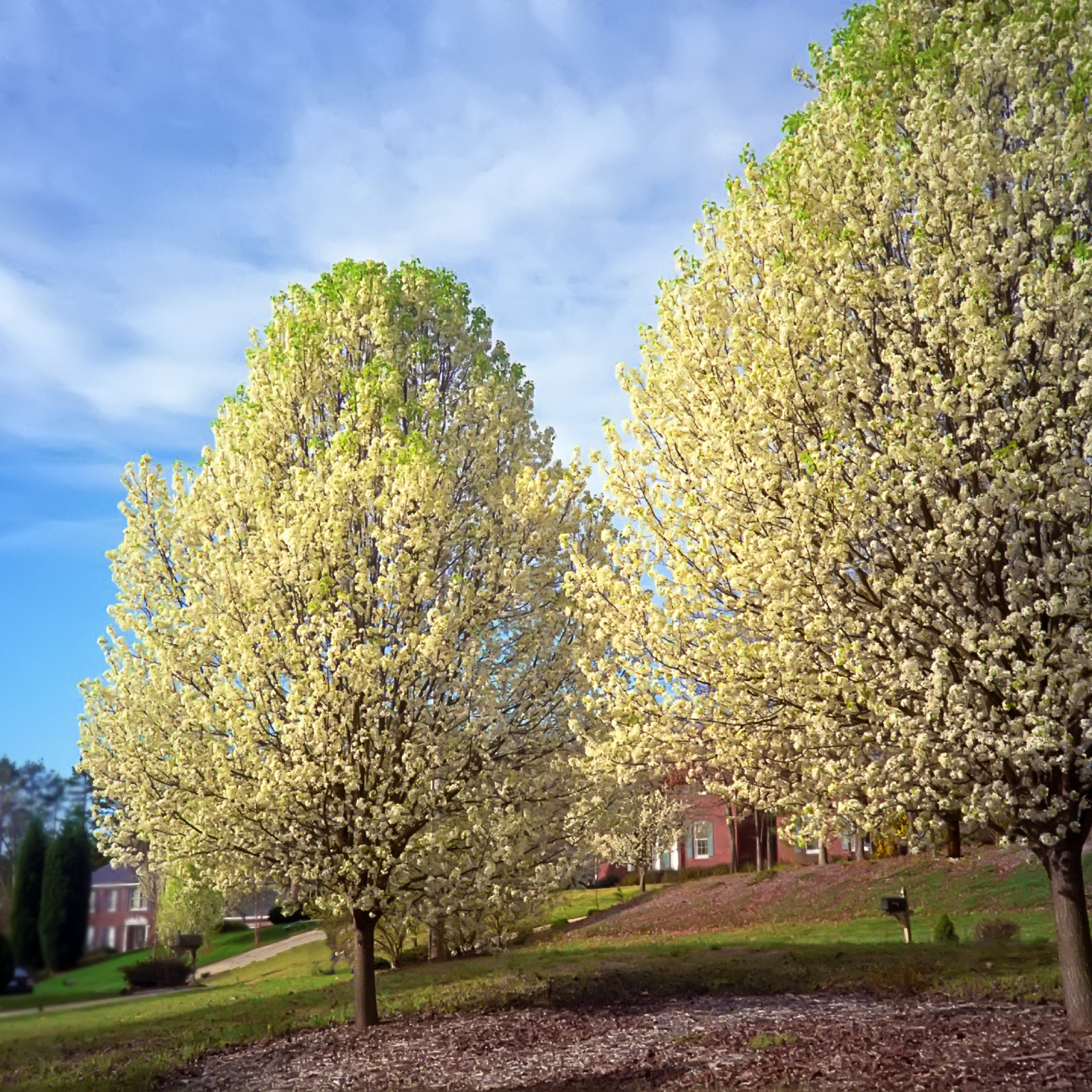 7 Invasive Trees You Should Never Plant In Your Yard Or Garden
7 Invasive Trees You Should Never Plant In Your Yard Or GardenWhat are some invasive trees you should never plant in your yard? Click here to find out.
By Teo Spengler
-
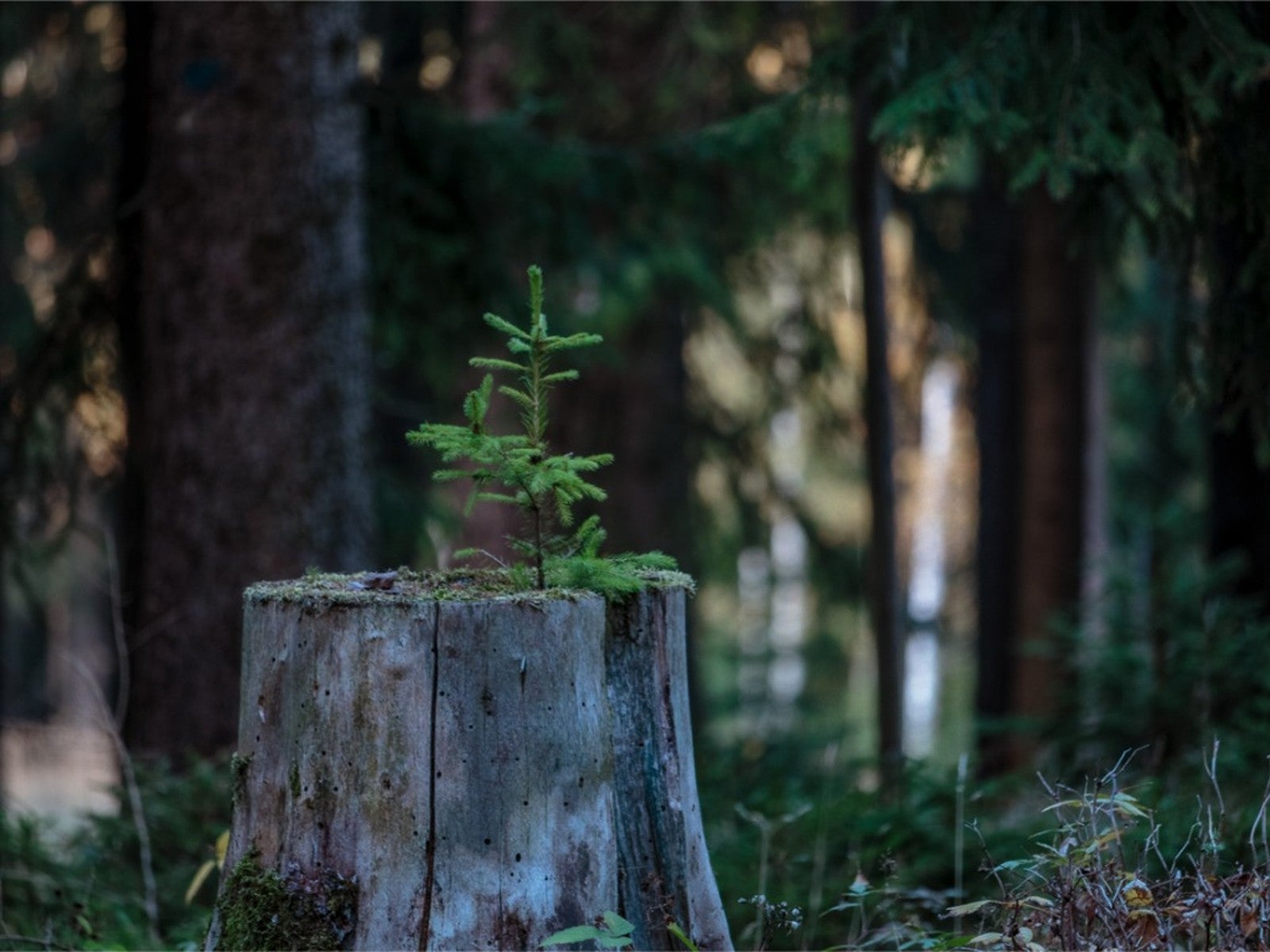 How Close Can You Plant A Tree To A Stump?
How Close Can You Plant A Tree To A Stump?Looking to plant new trees near old stumps or where stumps have been removed? Click here to learn how.
By Teo Spengler
-
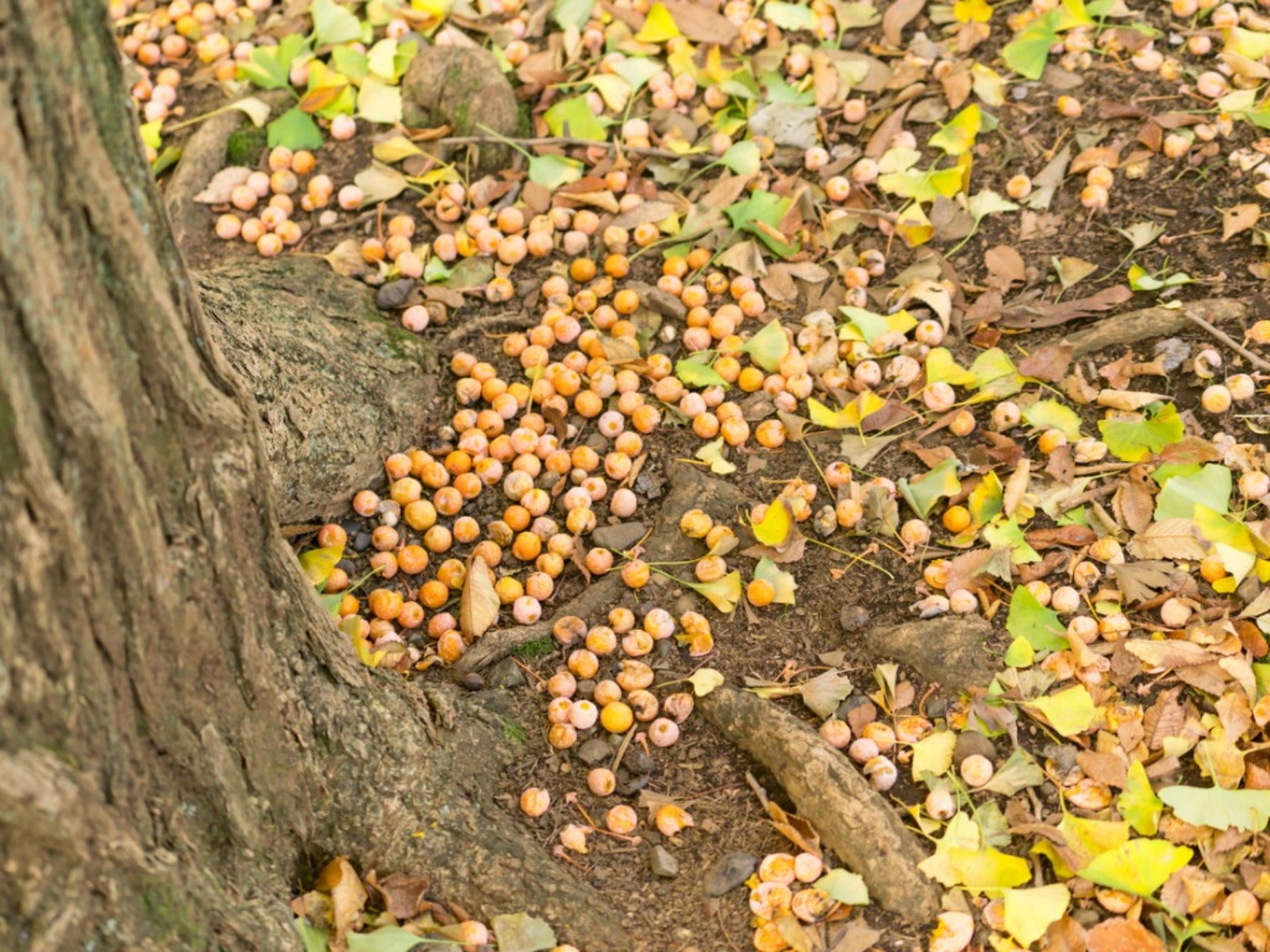 Messiest Trees That Drop Debris Everywhere
Messiest Trees That Drop Debris EverywhereWant to know which trees will create the biggest messes in your home landscape? Click here to find out.
By Amy Grant
-
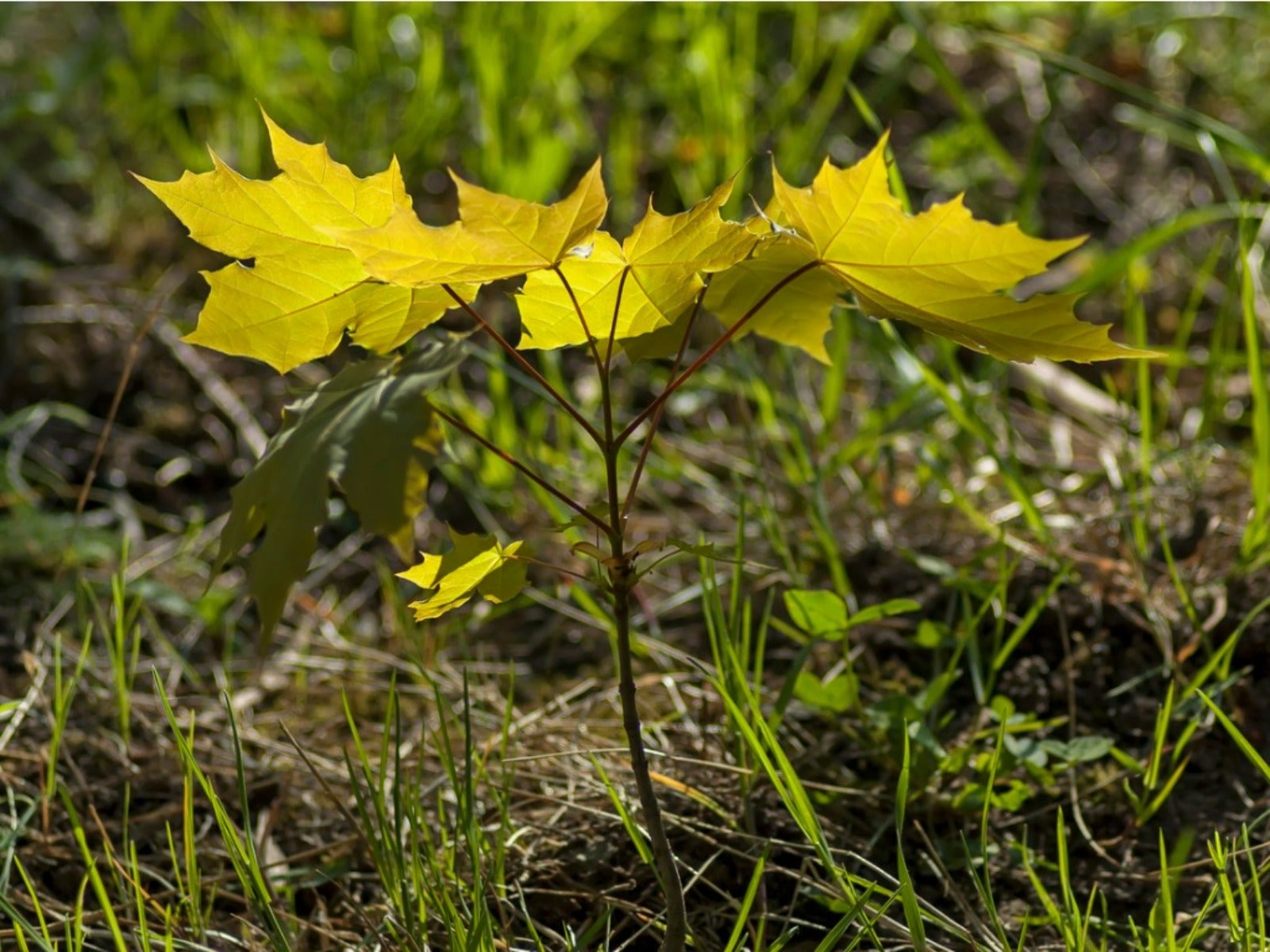 How To Get Rid Of Tree Sprouts In The Yard From Nearby Trees
How To Get Rid Of Tree Sprouts In The Yard From Nearby TreesLearn the simple way to keep pesky tree seedlings in your lawn from becoming saplings.
By Teo Spengler
-
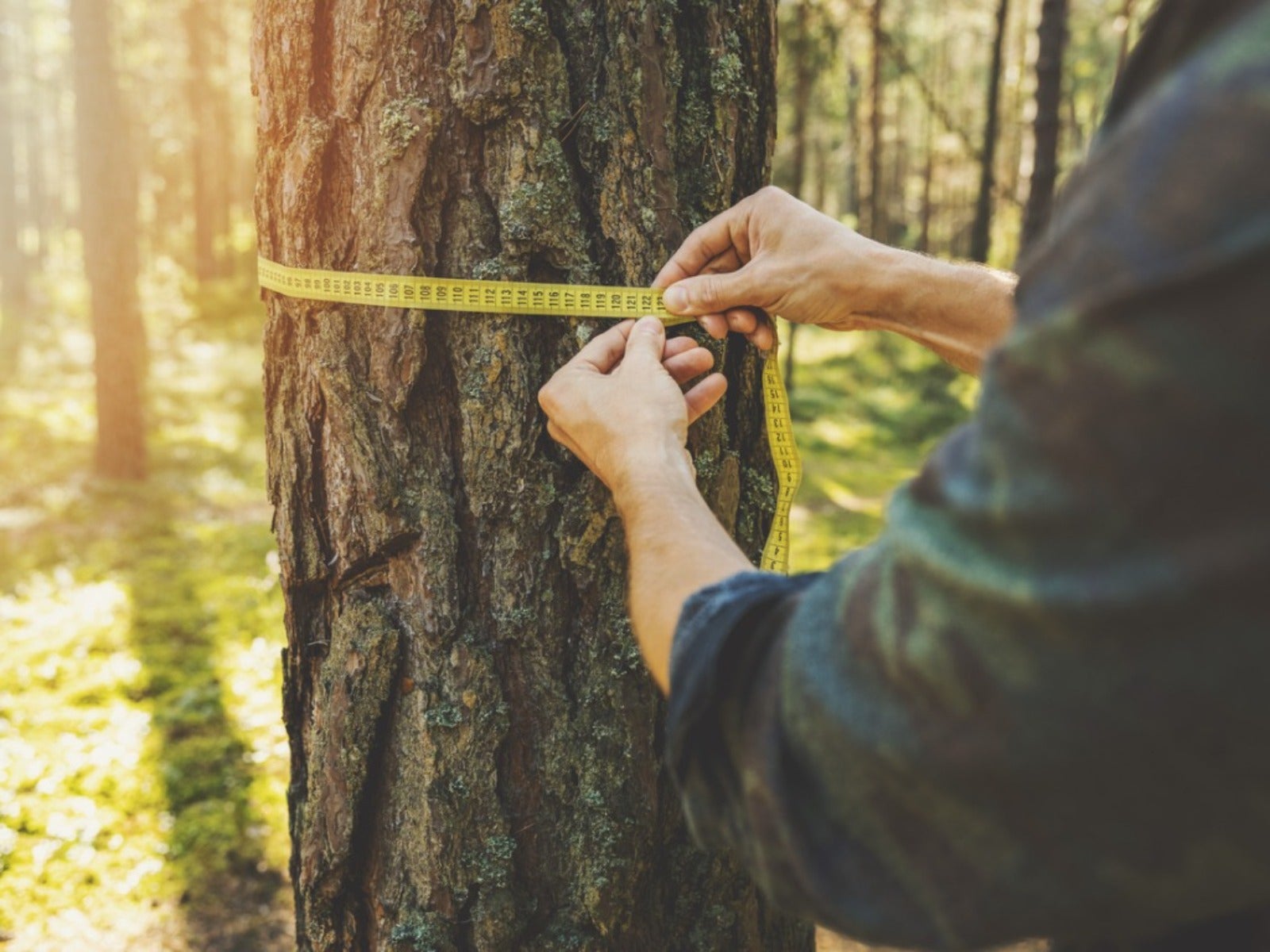 How To Tell How Old A Tree Is
How To Tell How Old A Tree IsEver wondered how to calculate the age of a tree? Click here to learn all about it.
By Teo Spengler
-
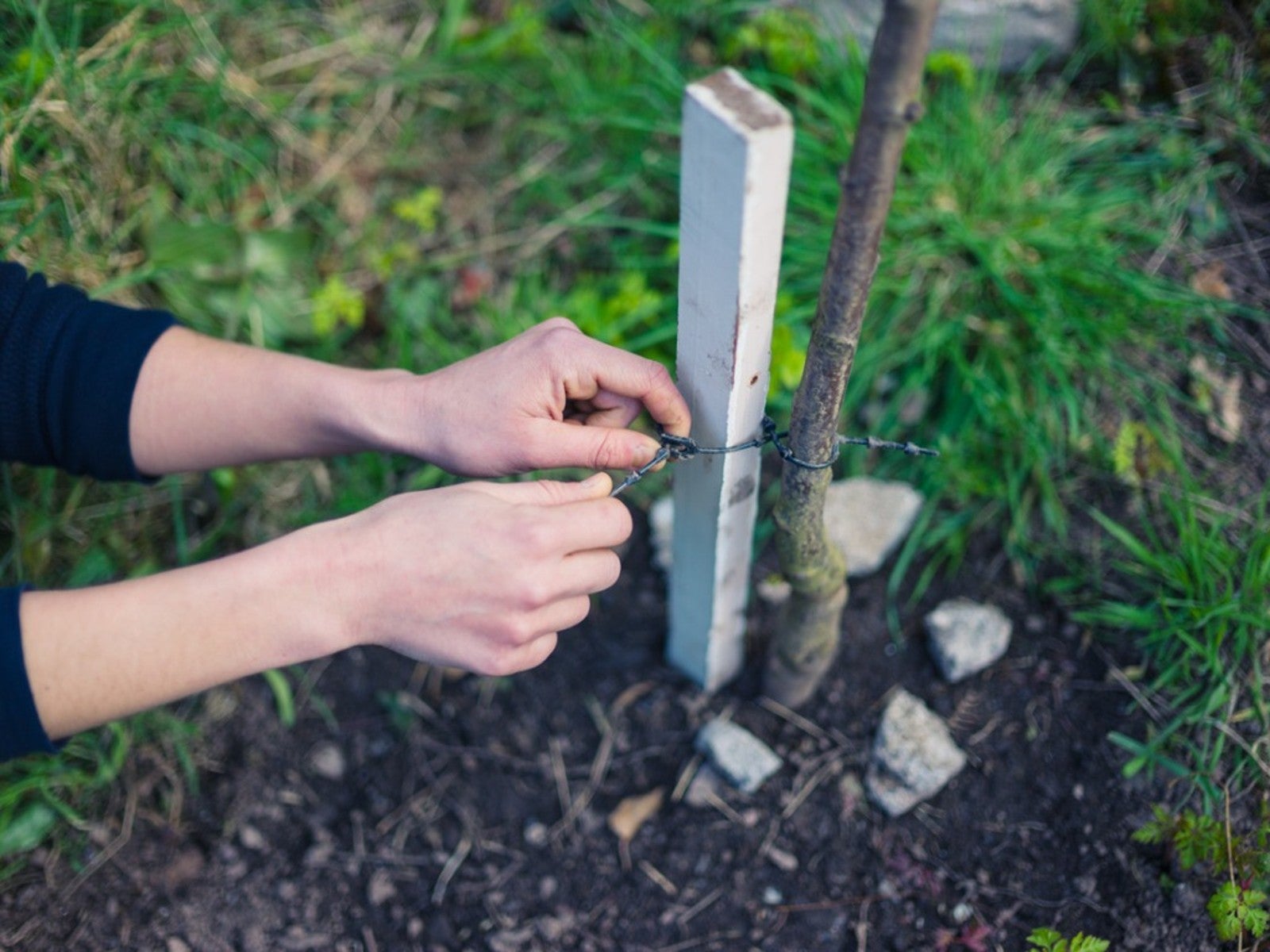 When To Remove Tree Stakes From Saplings
When To Remove Tree Stakes From SaplingsA newly planted tree may grow strong when it’s staked, but don’t forget to remove the stakes when it’s stable.
By Teo Spengler
-
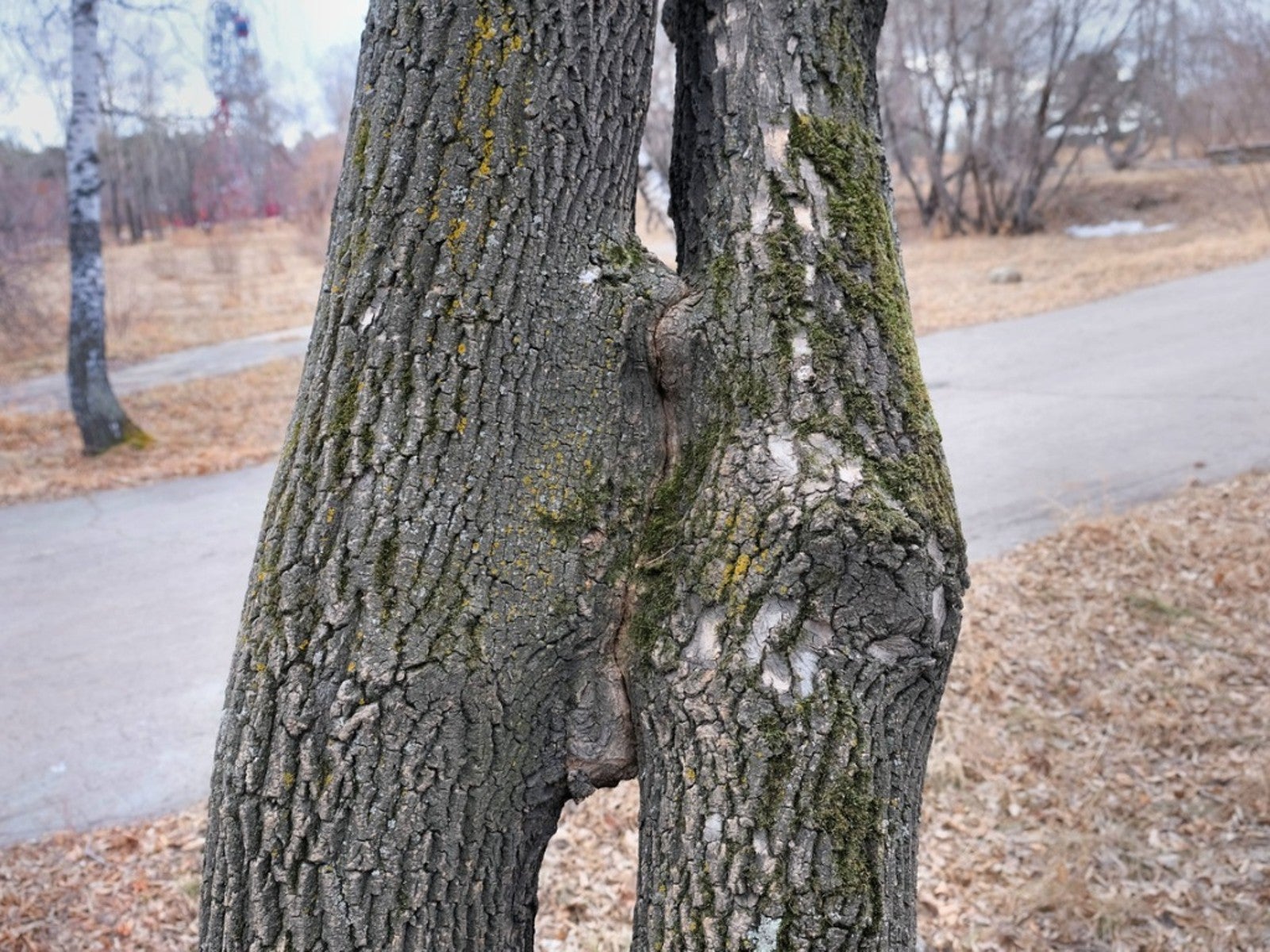 Inosculation And Trees Growing Together
Inosculation And Trees Growing TogetherIf you ever see two trees that have bonded and grown together, read here to learn why and how it happens.
By Teo Spengler